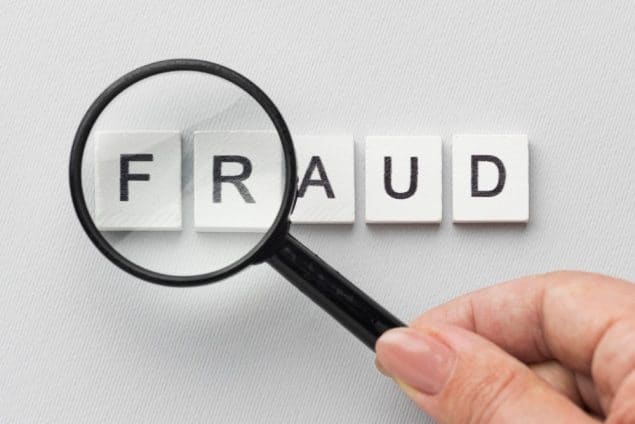Home » Business News • News Stories » Rowland Stephenson – The British MP who ripped off a bank
Rowland Stephenson – The British MP who ripped off a bank
https://www.whatjobs.com/news/business-news/what-fraud-rowland-stephenson

By Kris Paterson in Business News, posted November 17, 2021

Rowland Stephenson was born on a ship sailing between Britain and America in 1782.
His father was a merchant fleeing Florida after an attack by Spanish troops during the War of Independence destroyed his business supplying British ships.
After attending Eton, Stephenson worked for the family bank, Remington, Stephenson & Company, rising from gentleman clerk to partner.
READ MORE: JAMES DUNCAN AND HENDRIX MONTECASTRO’S SCAM WHICH SAW THEM JAILED FOR A TOTAL OF 100 YEARS
He became the MP for Leominster in 1827 when the candidate who had defeated him was controversially disqualified.
A noted philanthropist, he was also the treasurer of St Bartholomew's hospital.
What was the scam?
Following his wife's death in 1821, Stephenson began splashing out on entertainment and collecting art. He invested in the London Colosseum, a building in Regent's Park, and got the bank to underwrite the project.
With personal funds starting to run low, he borrowed from the bank in greater and greater amounts, altering the books to hide what he was doing.
He dipped into the accounts of clients, taking money from other clients to satisfy demands for repayment.
What happened next?
Despite offering a higher rate of interest than its competitors, rumors about the health of Remington, Stephenson & Company led to its reserves being depleted.
Meanwhile, Stephenson's partners were angry with his sloppy record-keeping and the decision to underwrite the Regent's Park project.
Unable to repay the money he had "borrowed" and realizing that the bank was doomed, Stephenson stole many bank securities and cashed them in before fleeing to America.
Bounty hunters eventually caught him in New York, but American courts forced his release, and he spent the rest of his life in the United States.
READ MORE: PEGGY FULFORD RIPPED OFF STARS INCLUDING DENNIS RODMAN
What was the aftermath?
It is estimated Stephenson's frauds amounted to around £260,000 (£22.7m in today's money), a quarter of which came from outstanding "loans" and £80,000 from his clients.
He stole the rest when he fled, suggesting that much pain would have been averted had the partners swiftly removed his access to the bank's accounts.
One of Stephenson's cousins, who was working as a clerk, admitted he had discovered discrepancies of around £1,000 as early as 1826 but allowed them to continue as long as Rowland eventually repaid his "loans," allowing them to keep growing.
Follow us on YouTube, Twitter, Linkedin, and Facebook.











